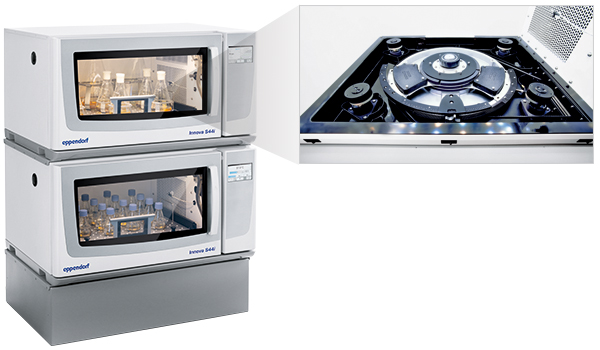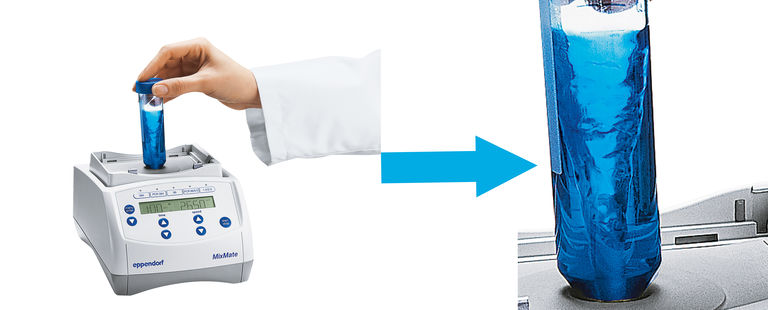This product is available in: 🇸🇪, 🇳🇴, 🇩🇰.
Call 042-300 91 30 or email info@labteamet.com
Shaker, mixer, stirrer – what is what? The “Shaken, not stirred” order at the bar is pretty well known from her majesty’s special agent, indicating that there is a difference between the different mixing methods – at least when asking for a martini. But there are also some differences in the lab regarding these methods.
Image source: bogdanhoda/shutterstock.com
Trevithick et al. decided in 1999 to perform a background check for the drink recommendation of the agencies most famous employee. The team analyzed the difference between shaken and stirred alcoholic drinks. They used martinis as starting material and measured the luminescence which is created when the hydrogen peroxide reacts with luminol bound to albumin. Based on their research, they realized that the shaking of a martini is a more effective method for deactivation of the hydrogen peroxide compared to the stirred method.
Hopefully, Trevithick used a mixer or stirrer in the lab instead of a shaker while performing the pre-analytical steps with low-volume samples.
There are different instrument classes available for the purpose of “combining different liquid-style samples within a vessel”:
The shakers

A shaker is mainly dedicated for larger vessel formats like 2, 3, or 5 L flasks or for very high numbers of smaller vessels like 50 x 25 or 50 mL. Depending on the type of flask used, you can change the sample tray and the fixation systems (called clamps).
By using eccentric drives, the orbital movement of the shaker keeps the samples in a constant shaking process. The orbit range is normally between 20 and 50 mm with a few hundred rounds per minute as max. speed. The shaking can last hours, days, or even weeks. The kinetic energy is an external force towards the vessel.
Besides the shaking frequency, measured in rounds per minute and orbital range, shakers with a housing can control different further parameters like temperature, humidity, or light. Basic platform shakers without a housing are limited to the shaking process.
The mixers

Mixers are compact benchtop instruments to mix a smaller number of samples within the milliliter scale. This can be a 1.5 mL microtube format as well as a 50 mL conical tube format. The available number of positions for sample vessels is in general between 4 and 24 vessels, for plates for up to 384 samples/ plate. The tubes or plates are mixed within a special adapter, holder, or block on top of the mixer. As there are many different formats of tubes, vials, and plates, the block can be exchanged at most of the available mixers. The kinetic energy is an external force towards the vessel.
Especially the mixer category with temperature control have special blocks where the tubes and vials are completely enclosed by the block to enable an optimal temperature for the samples.
The mixing process itself is performed with a very limited orbit of 3-5 mm and up to a few thousands rounds per minute. In contrast to the large shaker, this small orbit enables a successful mixing of very small sample volumes like a few microliters.
The vortex instrument
A vortex creates a swirl within the vessel. This mixing is a very special one with strong shearing forces within the liquid. Not all samples are suitable for vortex mixing. A rule of thumb is, the more complex your samples structure is, the less it will like a vortex. The kinetic energy is an external force towards the vessel.


LEASING / RENT / INSTALLMENT
Our collaboration with Svea means that you can quickly and easily get a proposal for financing that suits your needs Financing up to 100%. You do not have to tie up your capital. Read more about lease and insurance.
Invest now in the right equipment, to ensure your competitiveness, capacity and access to vital equipment Spread the cost over the time the equipment is used. The equipment as collateral for the financing.
STOCKHOLM
LabTeam Scandinavia AB
Finlandsgatan 36
164 74 Kista
Sweden
GOTHENBURG
LabTeam Scandinavia AB
Stora Åvägen 21
436 34 Askim/Gothenburg
Sweden

LEASING / RENTAL / INSTALLMENT
Our collaboration with Svea means that you quickly and easily get proposals for financing that suits your needs Financing up to 100%. You do not have to tie up your capital. Read more about leasing and all-risk insurance.
SIGN UP FOR OUR NEWSLETTER
Your email (mandatory)
To provide the best experiences, we use technologies like cookies to store and/or access device information. Consenting to these technologies allows us to process data such as browsing behavior or unique IDs on this website. Not consenting or withdrawing consent may adversely affect certain features and functions.
This request is only for this product. If you want to make requests for several products at the same time, please use the “Request (multiple products)” button on the respective product page instead and collect your products under “My products” before sending your request.